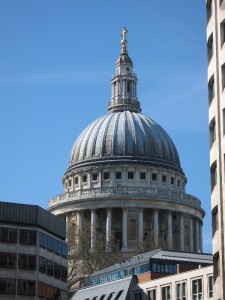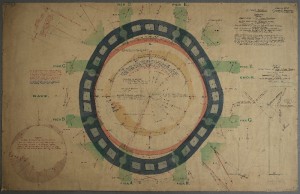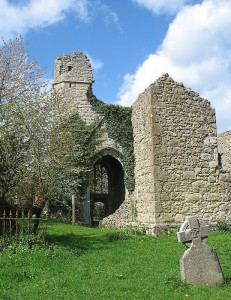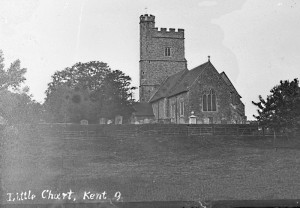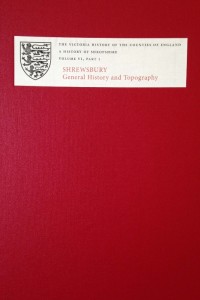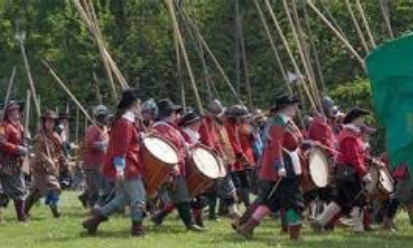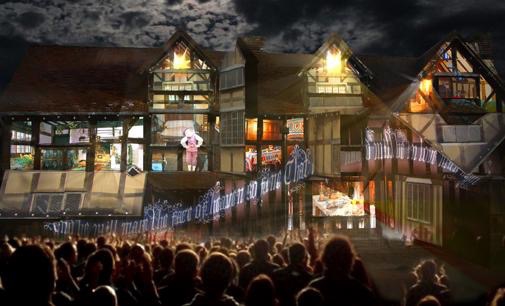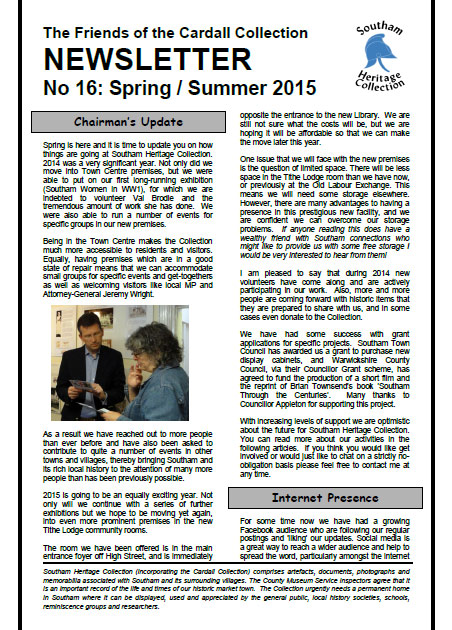PRESS RELEASE 14.04.08
KINETON AND DISTRICT LOCAL HISTORY GROUP NEWS
Bring Out Your Bygones Day
On Saturday 12th April the Kineton & District Local History Group hosted “Bring Out Your Bygones” in Kineton Village Hall. Maggie Wood and Jon Radley from Warwickshire Museum, and Angie Bolton from the Portable Antiquities Scheme, specializing in domestic, geological and archaeological objects were on hand to identify and discuss the bygones. The people of Kineton and district brought along about 100 objects to find out more about them and their historical significance.
Angie Bolton identified a fine prehistoric flint arrowhead brought in from Wellesbourne by Bill Chedham, and reviewed considerable collections of Roman and later material collected from fields around Tysoe and Kineton by Kevin Wyles and David Beaumont. Charles De’Ath brought in a mixed collection of geological and archaeological material. This included a fine Iron Age pot and Roman sherds. Maggie Wood identified a fine 19th century lace pillow cover, a christening gown dated to 1880, a wooden flour container, as well as a bewildering variety of historic and exotic material. Jon Radley recognised a fine 200 million year old Jurassic fish (ichthyosaurus) backbone the size of a saucer from Kineton brought in by Bob Crockett, and a trilobite in the Charles De’Ath collection.
The more exotic objects brought in included two pen-and-ink holders used by middle eastern scribes, a WWI German Iron Cross complete with ribbon, a chatelaine for keys and a perfume flask probably from the Balkans, a couple of elegant pre-war cigarette holders, and a stone with WWII graffiti from German POWs held at Ettington Camp. These reveal the links between Kineton people and wider historic events, as soldiers and travellers returned to the village bringing souvenirs.
Some objects would repay further study, such as some of the paintings, and the experts referred the owners to sources of specialist information. The purpose of some other objects beat the experts and remained mysteries, such as this wooden, 60 centimetre long, slotted paddle-like implement. Do you know what it is for? [PICTURE ATTACHED].
The day was a great success, as the people of Kineton discovered what their bygones were, and the experts filled in a little more of the history of the village.
This was the second event of the Group’s 21st Anniversary Year, and the next will be the Kineton Snapshot in June and July.
For further information please contact
David Freke 07876 290044 or email frekedj@globalnet.co.uk
Angie Bolton on 01905 721130 or abolton@worcester.gov.uk
Maggie Wood on 01926 412021 or maggiewood@warwickshire.gov.uk
Jon Radley on 01926 418182 or jonradley@warwickshire.gov.uk

